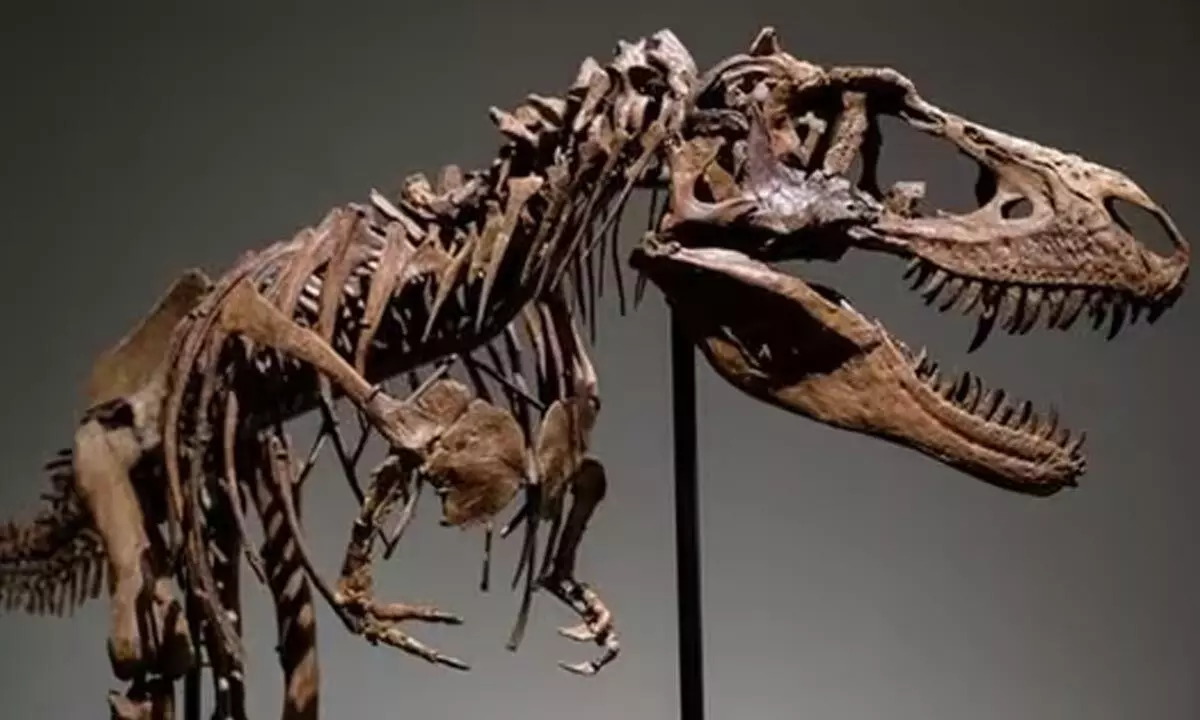Researchers Discovered 92 Nesting sites In India's Narmada Valley

- In the Narmada Valley in central India, scientists have discovered 92 nesting sites with a total of 256 fossil eggs belonging to titanosaurs
- The discovery provides detailed information regarding titanosaur existence in the Indian subcontinent.
In the Narmada Valley in central India, scientists have discovered 92 nesting sites with a total of 256 fossil eggs belonging to titanosaurs, who were among the biggest dinosaurs to have ever existed. The discovery provides detailed information regarding titanosaur existence in the Indian subcontinent.
The team deduced that these dinosaurs hid their eggs in shallow holes like contemporary crocodiles based on the arrangement of the nests. Pathologies identified in the eggs, including a rare instance of "egg-in-egg," suggest that titanosaur sauropods had a reproductive system similar to birds', and they may have set their eggs sequentially like modern birds. Numerous nests in one location indicate that these dinosaurs, like many modern birds, engaged in colonial nesting behaviour.
The lack of space for adult dinosaurs in the nests, however, supported the theory that adults abandoned the hatchlings to fend for themselves. These fossil nests, which date from just before the end of the dinosaur era, contain a lot of information on some of the biggest dinosaurs ever known, according to researchers. According to them, the discoveries greatly advance our knowledge of the life and evolution of dinosaurs.

